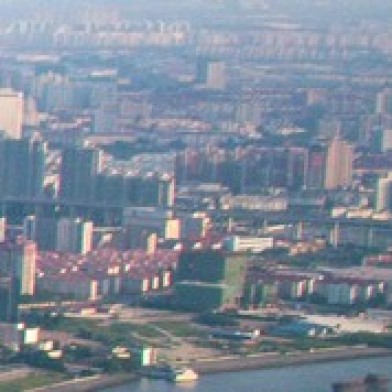China’s plan to build a pan-regional railway is gaining speed. This unfolding story combines infrastructure investment, trade logistics and strategic diplomacy with travel, tourism and potential challenges for shipping and aviation.
“In future, it can link to China.”
No doubts ever existed regarding the economic driver of a China-ASEAN rail system. But political momentum is starting to build. Last week, in a TV interview, Malaysia’s Prime Minister, Ismail Sabri, confirmed the reason his government is talking positively about regional high-speed rail connectivity. That reason is China.
China’s plan to develop an overland trade and travel route connecting its southwestern border with the countries of continental South East Asia is not new. It formed a central pillar of the Belt & Road infrastructure financing and development programme unveiled by Chinese President Xi Jinping in 2013.
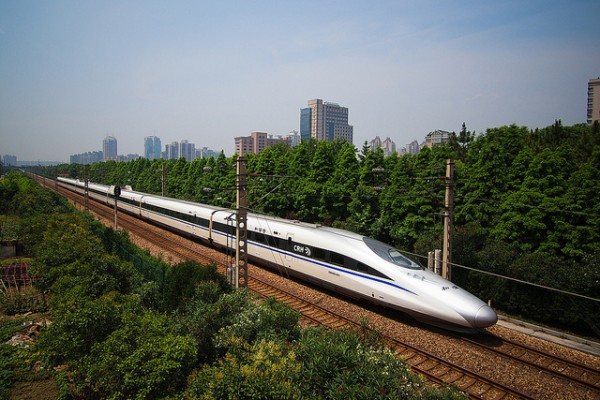
China's plan for a pan-regional rail network is speeding up.
Since it inaugurated the first line in 2007, China has built the world’s largest high-speed rail network, totalling 40,000km at the end of 2021. It provides fast, punctual train transport nationwide, and China plans to expand the network to 75,000km by 2035.
Now, with China and South East Asia seeking new growth drivers after the economic dislocations of the pandemic, China wants to accelerate the connection of its high-speed rail system with a series of railways that will open trade routes through South East Asia.
The renewed push has geopolitical implications. China intends to bolster its economic and strategic influence in South East Asia to counter the United States, which is attempting closer engagement. In May 2022, US President Joe Biden pledged USD150 million for infrastructure development to ASEAN leaders.
Building a railway system to physically and commercially bond China and South East Asia is a play that the US simply cannot match. It symbolises that the stakes are being raised, and that South East Asia is emerging as an axis point of superpower rivalries.
Location, Location, Location
Location confers that Malaysia will be pivotal to delivering regional rail connectivity. Malaysia conjoins Singapore, ASEAN’s primary air and shipping hub located at the southern tip of the Malay Peninsula, and Thailand, ASEAN’s second-largest economy, which occupies the geographical heart of South East Asia.
In last week’s interview, Prime Minister Sabri said Malaysia is negotiating with Thailand to develop a high-speed railway between Bangkok and Kuala Lumpur. He added “discussions are ongoing” to revive the KL-Singapore high-speed railway, from which Malaysia withdrew in late 2020.
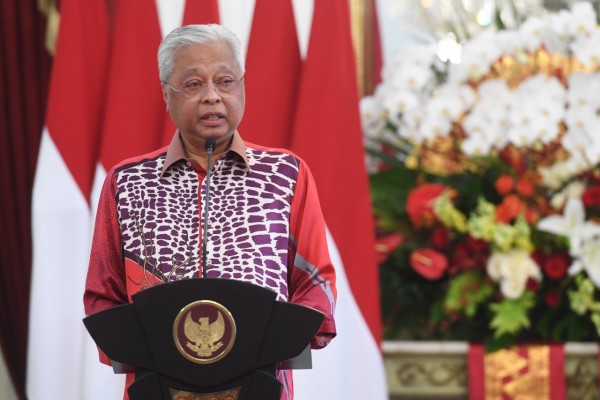
Malaysian Prime Minister Ismail Sabri. Image: Wikimedia Commons
Singapore says it is awaiting “details of a new proposal” from Malaysia.
Connecting Thailand, Malaysia and Singapore by high-speed rail is a strategic goal for China. It would enable the swift transportation of freight and products to and from Singapore’s coastal port – which is the world’s busiest container port after Shanghai. An overland rail route would slash delivery times and reduce the costs of shipping from China’s east coast ports to Singapore. It would also enhance direct trade flows between countries along the route from China to Singapore – namely, Laos, Thailand and Malaysia.
While freight transport will drive return on investment, rapid overland travel would appeal to Chinese leisure visitors, promising a boost to South East Asian consumer economies.
Political Sensitivities
Connecting the metropolises of Bangkok, Kuala Lumpur and Singapore, is a long-term objective. High-speed railway projects are notorious for breaking budgets and overrunning schedules. Agreeing on the terms of the two projects will require skilful political bartering.
Negotiations between Malaysia and Thailand must navigate the political upheaval caused last week by the suspension of Prime Minister Prayut Chan-o-cha by the nation’s constitutional court. Meanwhile, a general election is expected imminently in Malaysia.
The Kuala Lumpur-Singapore line is especially sensitive. Amid voluble fanfare in both countries, Singapore and Malaysia agreed in 2016 to develop a cross-border high-speed railway. Two years later, Malaysia’s government was voted out in a general election. As a new government confronted a turbulent economic situation and serious corruption allegations against the previous administration, the project was delayed. Deep political and economic divisions caused by the pandemic resulted in Malaysia cancelling the project in December 2020. It paid Singapore RM300 million in compensation.
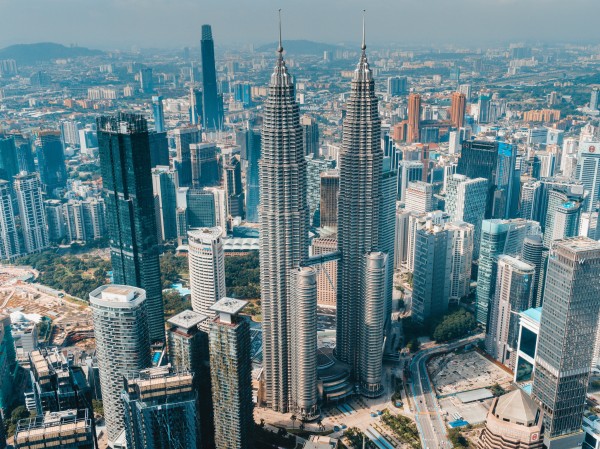
A rail line connecting Kuala Lumpur (pictured) to Singapore has been in the works before but was cut down due to political issues. Photo by Nour Betar on Unsplash
Adding intrigue, the man who co-signed the KL-Singapore train deal in 2016, Malaysia’s former Prime Minister Najib Razak, last week began a 12-year jail term after losing an appeal against a conviction for breach of trust, abuse of power and money laundering.
Fear of Missing Out
Further north, progress is smoother. In December 2020, the China-Laos railway was launched. It has been designed to connect Kunming in China with Boten on the China-Laos border, and continue through the picturesque landlocked nation. The trainline, which has a rather staid top speed of 160kph, terminates in the Lao capital, Vientiane, which is located on the Laos-Thailand border.
In Thailand, a two-phase high-speed railway is being built by Chinese engineering firms that will link the capital Bangkok with Nong Khai, near the Thai-Laos Border. This week, ministers from China, Thailand and Laos are in Vientiane to discuss the financing and logistics for connecting the China-Laos railway and the faster Bangkok-Nong Khai railway. This will likely require constructing a new bridge across the Mekong River separating Thailand and Laos.
A fear of missing out on the potential trade gains of a China-ASEAN railway has stirred Vietnam. The government is proposing a high-speed railway from north to south, connecting the northern capital Hanoi with Vietnam’s coastal cities and Ho Chi Minh City in the south.
If approved, the 1,545km railway would be built in two phases for completion by 2050. In theory, it could connect to China by extending north of Hanoi to the Vietnam-China border, and the gateway Chinese city of Nanning.
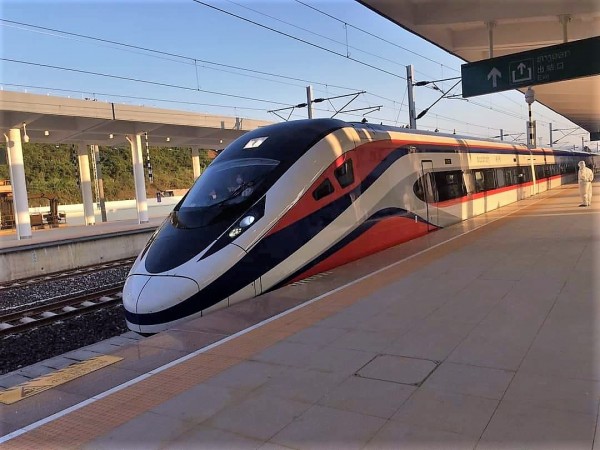
The first train on the China-Laos railway to depart Vientiane for Vang Vieng. Image: Wikimedia Commons
Indonesia’s ‘Shop Window’ Railway
While continental South East Asia is abuzz with connective possibilities, the region’s first high-speed rail line is nearing completion further south, in the world’s largest archipelago.
In early August, Chinese media published photos of a consignment of high-speed trains manufactured in the coastal city of Qingdao. They will be shipped to Indonesia to undergo testing for a 142-kilometre rapid rail link between the capital Jakarta and Bandung.
Announced in 2016, the delayed project will reduce the journey from 3 hours to 40 minutes. It is expected to launch in the second half of 2023. An extension from Jakarta to Surabaya is planned.
With a top speed of 350kph, the trains are equipped with an earthquake monitoring system. A pattern resembling Indonesia’s Komodo dragon, the world's largest lizard species, adorns the tapered bullet train frontage.
The significance fuses design and engineering. They are the first of China’s new generation Fuxing bullet trains to be specifically built for export. The Jakarta-Bandung high-speed railway will also deploy Chinese engineering and track equipment.
In essence, China has created a shop window for its rail technology. As Chinese state media recently surmised, the Jakarta-Banding project “sets a good example for South East Asian countries, which are potential buyers of China's bullet trains and rail systems.”
Myriad political and economic factors could derail the China-ASEAN rail map. Regional determination appears solid, but even if each project were approved, funded and built on schedule, boarding for the inaugural Kunming-Singapore train remains many years away.
- Asia Media Centre

